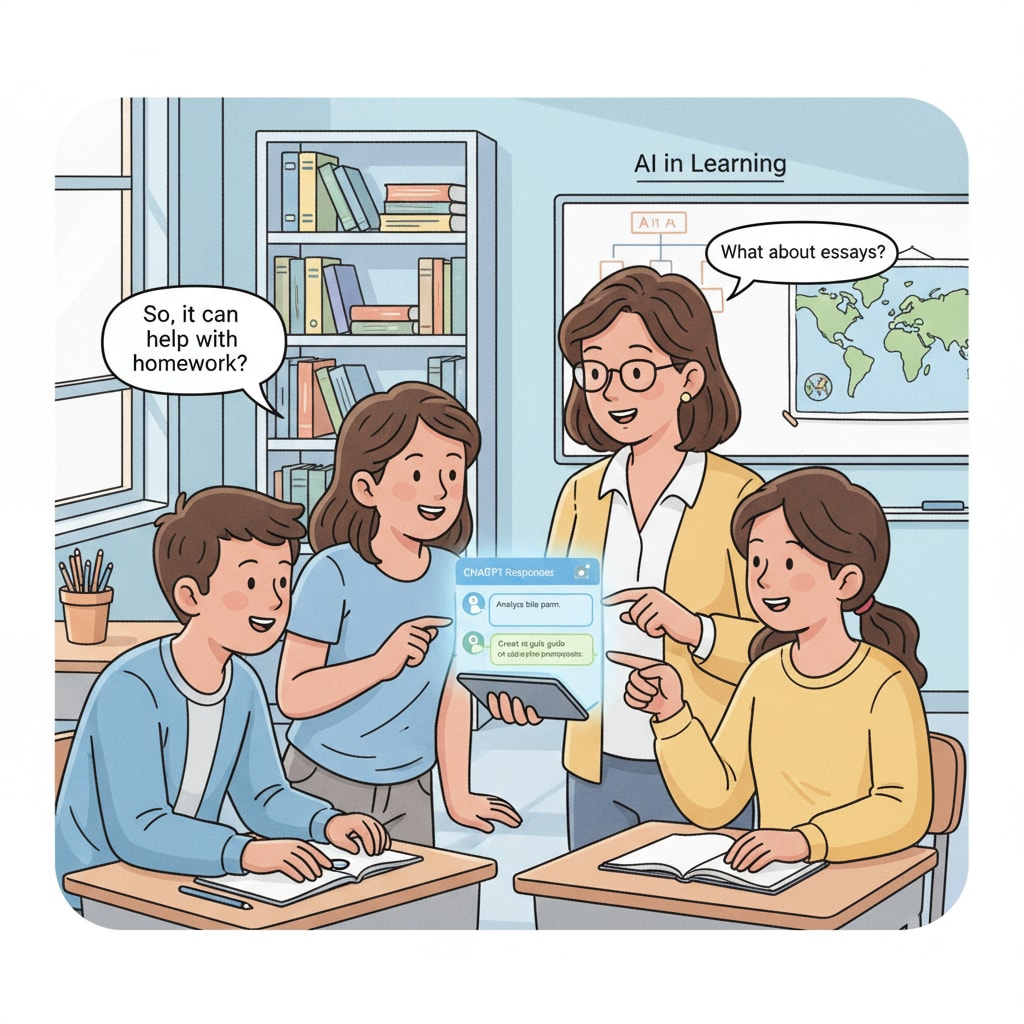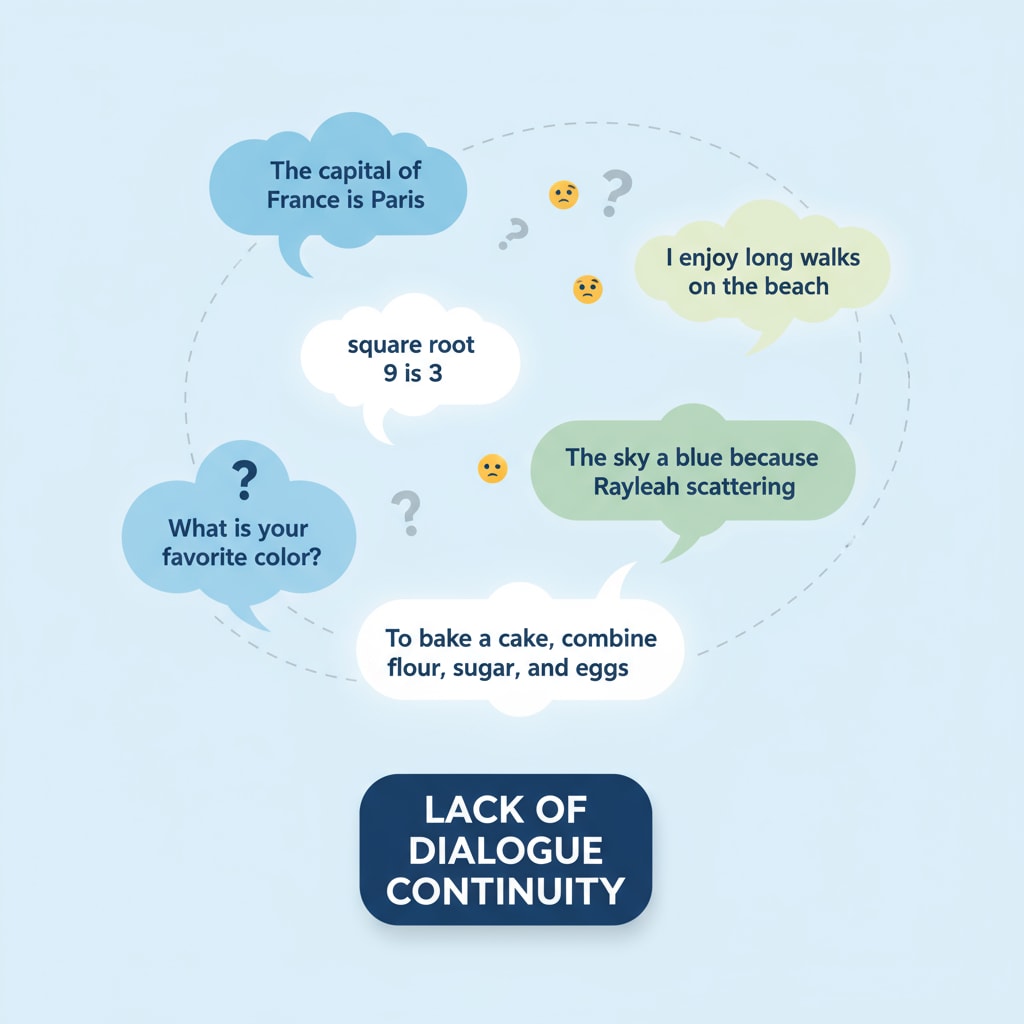ChatGPT has made waves in the field of education, but it also comes with significant learning limitations as an educational tool. As technology continues to evolve, it’s crucial to understand where this AI falls short in the context of K12 education.

The Hurdle of Inadequate Dialogue Continuity
One of the major drawbacks of ChatGPT in an educational setting is its lack of seamless dialogue continuity. In a real classroom, discussions flow organically, with students building on each other’s ideas and teachers providing ongoing guidance. However, ChatGPT often struggles to maintain a coherent conversation. For example, when a student asks a series of related questions, the responses may not be fully connected, making it difficult for students to form a comprehensive understanding. This is in contrast to the fluid interactions that occur between a teacher and students. According to Wikipedia’s entry on chatbots, the design of ChatGPT has limitations in handling complex, long-term dialogues, which is a significant setback in an educational environment where continuous learning and discussion are essential.

The Monotony of a Single Teaching Approach
Another limitation lies in ChatGPT’s relatively single teaching approach. Real teachers can adapt their methods based on the learning styles of individual students. Some students may learn better through visual aids, while others prefer hands-on activities or group discussions. ChatGPT, on the other hand, typically provides text-based responses in a rather standardized manner. It lacks the ability to customize its teaching style to meet the diverse needs of K12 students. As Britannica’s article on educational psychology emphasizes, individualized instruction is key to effective learning, and ChatGPT falls short in this regard. This one-size-fits-all approach may not engage all students equally and could potentially limit their learning experience.
Moreover, in a classroom, teachers use various non-verbal cues, facial expressions, and body language to enhance communication and understanding. ChatGPT, being a digital entity, cannot replicate these important aspects of human interaction. This lack of multi-modal communication further restricts its effectiveness as an educational tool.
Readability guidance: We’ve explored two significant limitations of ChatGPT as an educational tool so far. Next, we’ll look at the lack of an effective incentive mechanism. Remember, each point is presented in short paragraphs for better readability, and we’ve used external links to reliable sources to add credibility.
The Absence of an Effective Incentive Mechanism
Motivation plays a crucial role in learning, especially in K12 education. Teachers are able to motivate students through praise, rewards, and building positive relationships. ChatGPT, unfortunately, lacks an effective incentive mechanism. It cannot offer the same level of emotional support and encouragement that a human teacher can. For instance, a teacher might notice a student’s effort and give them a compliment, which can boost the student’s confidence and motivation to learn more. ChatGPT doesn’t have the capacity to recognize and respond to such efforts in a personalized and motivating way. This absence of an incentive factor can make it challenging for students to stay engaged and committed to their learning when relying solely on ChatGPT.
In conclusion, while ChatGPT has its merits in the educational landscape, it clearly has significant limitations as an educational tool in K12 education. The issues of dialogue continuity, a single teaching approach, and lack of an incentive mechanism highlight why it cannot fully replace the invaluable role of real teachers. As we continue to integrate technology into education, it’s essential to be aware of these drawbacks and use AI tools like ChatGPT as supplements rather than replacements.


